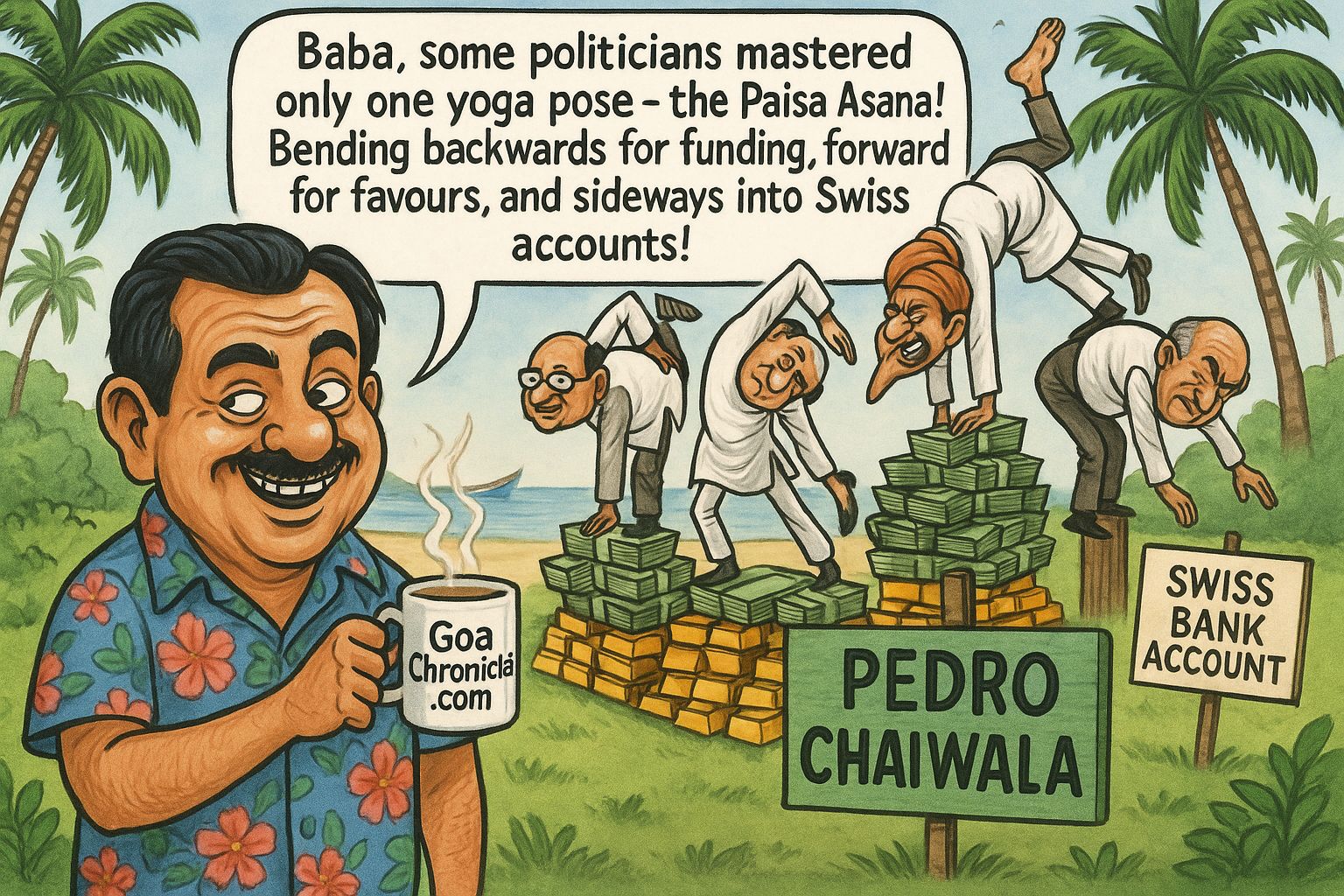A Land Stirred by Memory and Movement
In the heartland of Gopalganj, where the scent of jute fields once spoke of Bengal’s quiet pride and where Sheikh Mujibur Rahman’s legacy runs as deep as the Padma River, unrest returned like a ghost of unfinished business. On July 16, 2025, the soil trembled, not under the feet of invaders, but its own sons and daughters. The National Citizen Party (NCP), a rising youth-driven movement born in the aftermath of Sheikh Hasina’s ouster, took to the streets to commemorate a year of change. What followed, however, was not celebration, but chaos, confrontation, and blood.
It was meant to be a rally of remembrance. Instead, it became a battleground.
When Democracy Bleeds: The Gopalganj Clashes
Young men holding placards, elderly women chanting slogans, and students waving national flags, all assembled to reaffirm their belief in a reimagined Bangladesh. But the gathering was interrupted by a sudden storm of violence. Armed police, local pro-Hasina cadres, and plain-clothed agitators descended upon the rally. Tear gas filled the air; lathis struck flesh; and gunshots echoed across the narrow streets. Journalists caught between their lenses and their lives watched helplessly.
At least four lives were lost that day, lives that had stories, families, dreams. One was a final-year university student, another a schoolteacher. The NCP leaders were whisked away by military personnel, and a city-wide curfew silenced the chants by nightfall.
Interim Prime Minister, Nobel Peace Laureate Dr. Muhammad Yunus, visibly shaken, condemned the violence. “We did not come this far to repeat the mistakes of the past,” he said in an address to the nation. “Those responsible will be held accountable.”
A Fragile Calm under Martial Watch
Across Bangladesh, the mood is uncertain. Troops patrol Gopalganj’s streets; prayers in mosques are quieter than usual; and parents warn their children to stay indoors. Islamist groups like Jamaat-e-Islami have begun mobilising, hinting at a broader civil agitation. Analysts warn that if grievances are not addressed, if dialogue is not prioritised over dominance, the interim government may lose the moral high ground it worked hard to build.
The revolution that unseated Hasina in 2024 was, at its core, a youth movement. But today, those same youth find themselves facing the batons of a system they helped erect. The irony is bitter, the lessons painful.
Of Homes and Heritage: Satyajit Ray and a Broken House
While political fires burn, another spark has ignited a cultural tempest, this one across the border in India. News broke that the ancestral home of Satyajit Ray, the legendary filmmaker and Bengal’s artistic pride, had been demolished in Mymensingh. For West Bengal’s Chief Minister Mamata Banerjee and countless lovers of Ray’s cinema, it was nothing short of sacrilege.
The house was not merely bricks and mortar. It was a repository of the creative whispers that shaped Pather Panchali, Charulata, and Shatranj ke Khiladi. The demolition, whether bureaucratic oversight or political miscalculation, stirred emotions in Kolkata’s literary circles and beyond.
India’s Ministry of External Affairs formally conveyed its dismay, while Bangladesh’s cultural minister promised to “look into the matter.” A restoration collaboration has been proposed, but the damage to memory, perhaps, is harder to repair than a heritage wall.
A Humanitarian Time Bomb: Rohingya Aid Running Dry
In Cox’s Bazar, nestled along the southeastern coast, nearly one million Rohingya refugees reside in bamboo huts and tarpaulin roofs, remnants of an exodus from Myanmar’s military persecution. But now, the world’s compassion is running thin.
The UNHCR’s latest alert is dire: of the $255 million needed to maintain food, healthcare, and basic services, only 35% has been raised. If donors do not respond swiftly, food aid could halt by December. Clinics may shut their doors by September. Children may go without vaccines; women may give birth without midwives.
For a country already grappling with internal discord, this is a humanitarian crisis looming on the horizon. Bangladesh cannot bear it alone. Yet the global conscience appears distracted, tied up in its own domestic elections, border politics, and climate anxieties.
The Road Ahead: Forked and Foggy
Bangladesh stands at a crossroad, one not unfamiliar, but every bit uncertain. Between December 2025 and June 2026, the country is expected to hold its next national election. The promises of the interim government, to bring transparency, rebuild institutions, and allow youth participation, will soon be tested. But before that, it must heal the wounds of Gopalganj, address rising unrest, and reassure international allies.
Five major themes now dominate its national discourse:
1. Restoring Trust: Can the interim government control security forces and ensure free expression?
2. Preventing Polarisation: Will further crackdowns push moderates toward extremism?
3. Refugee Responsibility: Can international organisations be mobilised before Cox’s Bazar descends into catastrophe?
4. Cultural Diplomacy: Will Bangladesh and India find unity in preserving legacies like Ray’s, rather than letting disputes deepen divides?
5. Democratic Continuity: Can a peaceful, credible election be delivered without reverting to dynastic politics or authoritarian shortcuts?
A Prayer for the Delta
Bangladesh has always been a land of resilience. From famines and floods to wars and waves of political change, it has survived, adapted, and risen. The silt of its rivers carries not only nutrients for crops but the wisdom of centuries.
The question today is whether its leaders, old and new, will listen to the soil or to their silos. Whether they’ll honour the youth who believe in a different tomorrow, or silence them with the same iron hand they once condemned.
In Gopalganj, the blood has barely dried. In Cox’s Bazar, mothers still cradle hungry children. And in Mymensingh, perhaps, an old man sits beside the rubble of Satyajit Ray’s house, humming the score of a forgotten film.
Bangladesh watches. The world must, too.































